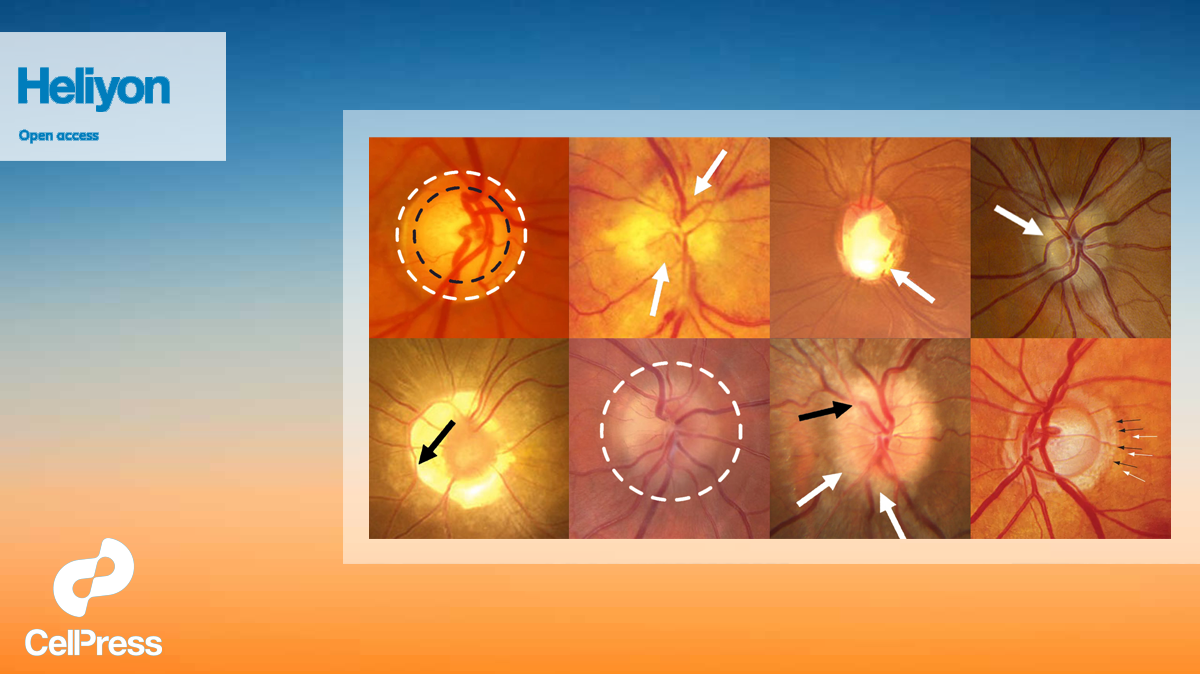Multi-label deep learning for comprehensive optic nerve head segmentation through data of fundus images
By Najdavan Abduljawad Kako | Heliyon
https://www.sciencedirect.com/science/article/pii/S2405844024130277
Early diagnosis and continuous monitoring of patients with eye diseases are critical in computer-aided detection (CAD) techniques. Semantic segmentation, a key component in computer vision, enables pixel-level classification and provides detailed information about objects within images. In this study, we present three U-Net models designed for multi-class semantic segmentation, leveraging the U-Net architecture with transfer learning. To generate ground truth for the HRF dataset, we combine two U-Net models, namely MSU-Net and BU-Net, to predict probability maps for the optic disc and cup regions. Binary masks are then derived from these probability maps to extract the optic disc and cup regions from retinal images. The dataset used in this study includes pre-existing blood vessels and manually annotated peripapillary atrophy zones (alpha and beta) provided by expert ophthalmologists. This comprehensive dataset, integrating existing blood vessels and expert-marked peripapillary atrophy zones, fulfills the study's objectives. The effectiveness of the proposed approach is validated by training nine pre-trained models on the HRF dataset comprising 45 retinal images, successfully segmenting the optic disc, cup, blood vessels, and peripapillary atrophy zones (alpha and beta). The results demonstrate 87.7 % pixel accuracy, 87 % Intersection over Union (IoU), 86.9 % F1 Score, 85 % mean IoU (mIoU), and 15 % model loss, significantly contributing to the early diagnosis and monitoring of glaucoma and optic nerve disorders.

